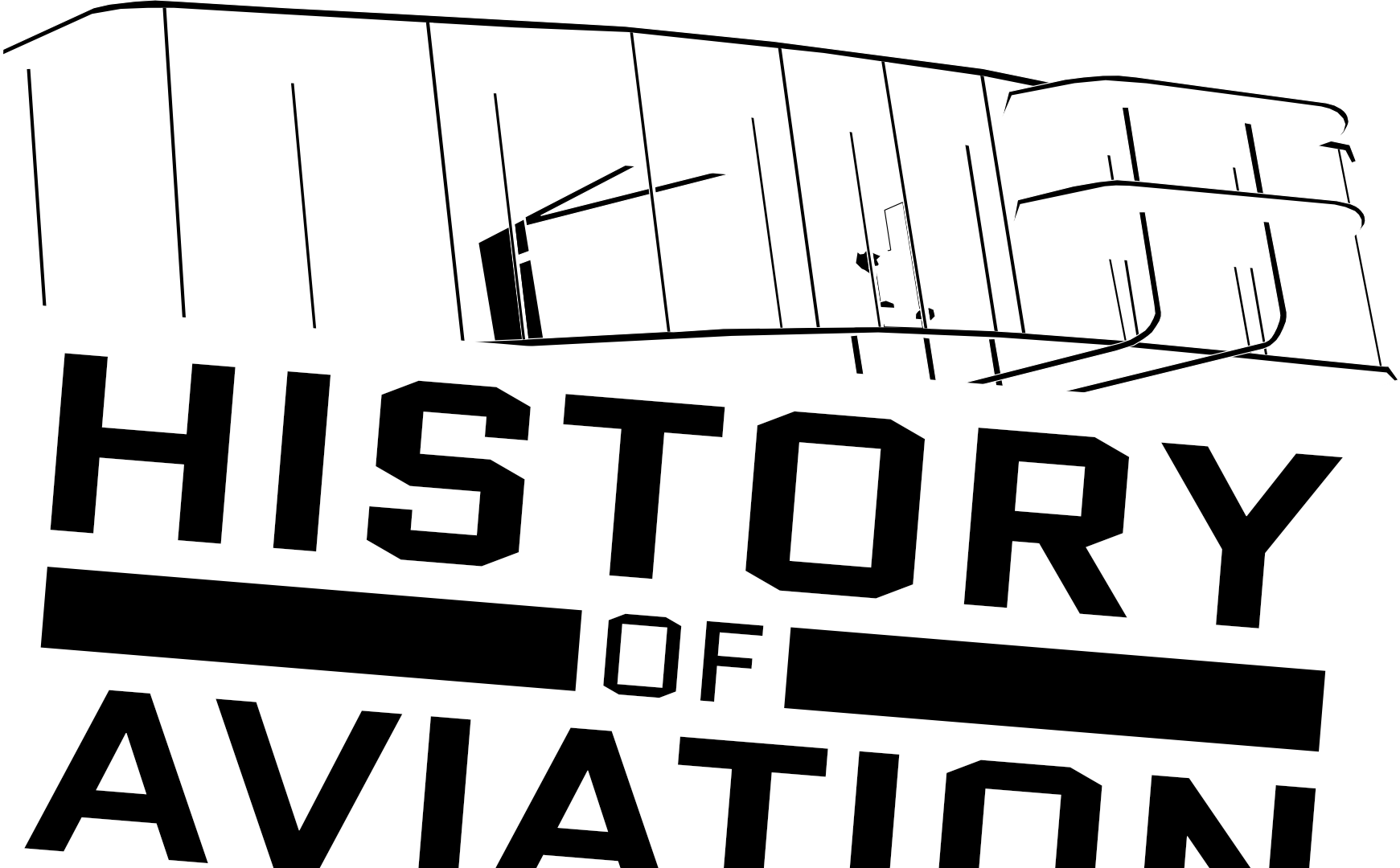The 'Golden Age' of aviation is often associated with scenes of smiling hostesses serving comfortable passengers in spacious cabins. Even though this these images reflect a time of when commercial operations were starting to peak, it was the period before that was truly the Golden Age of Aviation. The interwar years between 1918 and 1939 saw a breakthrough in aviation that revolutionized the way people fly. A key part of this period was the progression from the use of wooden biplanes to metal monoplanes.
The biplane is what gave the Wright brothers their feat of the first successful flight in an airplane. However, these builds were made from low powered engines and were designed in a way that caused a lot of drag. Therefore, their wings could not handle much weight or harsh wind, so the plane was vulnerable in longer flights.
FUN FACT
Did yu know that pilots and copilots on major airlines are not allowed to eat the same food, to avoid the possibility of food poisoning sickening the entire flight crew.
Source: YouTube
This change was matched with the application of the jet engine further enhancing the efficiency of flight. Longer flight times with less cabin vibration was achieved with the use of this engine type. Both British and German engineers researched into the technology before Heinkel He178 became the first jet-powered aircraft in 1939.
The years that followed this period saw tragedy in World War II with many institutions using the new inventions for warfare. However, another period of progress following the war saw passengers benefit from airlines using these builds effectively for consumer purposes. Iconic airlines such as Pan Am invested in larger jet carriers such made by Boeing and McDonnell Douglas. These institutions continued to dominate the aviation industry throughout the middle of the 20th century.
Source: Simpleflying
 About me
About me